Imagination is more important than knowledge. For knowledge is limited, whereas imagination embraces the entire world, stimulating progress, giving birth to evolution. — Albert Einstein. These words by Einstein explore the realm where the imagination extends beyond rote learning and facts. They remind us that creativity and dreaming are powerful forces for innovation and evolution. With the fast rise of AI, we must ask ourselves: Can these computing marvels, praised for their analytical prowess, also possess the ability to 'dream' like humans?
The vision of artificial intelligence that can dream stretches into a realm filled with possibilities beyond regular computation. Just as a child's dreams can be a beautiful blend of known experiences and imaginative creations, could AI one day weave such visions? This question embraces an endless fantasy where machines cross checklists and logical boundaries, venturing into the space of innovation and creativity that once seemed purely human territory.
People like Ray Kurzweil, Nick Bostrom, and Sherry Turkle have dived deep into the realm where AI meets human-like creativity. Their works, expanding on the philosophical and ethical dimensions of AI dreaming, paint a picture of a future where the borders between silicon and imagination blur.
The exploration of AI's potential to imagine and even dream is no longer just a science fiction concept. As ChatGPT and other models evolve, this idea could redefine what we consider possible with AI and creativity.
The Neurobiology of Dreaming
To marvel at AI's capabilities to dream, we must first understand how human dreams work. Imagine them as the world’s oldest open-source mind movie, crafted within the circuits of the brain. This exploration begins with our biological dreammakers, the mechanisms that activate nightly within our heads.
Human dreaming navigates through a dance of neurons, like a well-choreographed ballet playing out on the stage of the mind. A key player in this is REM (Rapid Eye Movement) sleep, a kind of internal theater where most dreams are shown. During REM, we dive into our inner subconscious, with the amygdala, sometimes known as the brain's fear center, and the hippocampus, the memory hub, lighting up with activity. They tick away like clockwork, weaving together dreams from scraps of memory and emotion.
Research, like that from Harvard, shows that dreams are more than just mental spin-offs—they help consolidate memory and tackle problems we couldn’t quite puzzle out while awake. As the brain files away experiences, it sometimes comes up with solutions, like your brain is working an overnight shift.
What if AI could experience this world of dreams? Imagine its circuits firing not just for logical computations, but for abstract thoughts—would it then unlock a vault of creativity and solutions far richer than any current algorithm? AI, with the right programming and frameworks, might become not just a tool, but a true collaborator in our creative endeavors.
AI Frameworks for Creative Processes
The wizards have left the building, and in their stead, we have Artificial Intelligence building blocks. As everyone knows, creativity is the ultimate magic trick. But can AI pull a rabbit out of a hat or, in its case, generate artwork that speaks to the human soul? Explore the frameworks below that position AI as the next Picasso or Mozart.
Generative Adversarial Networks (GANs)
- Creating an intriguing tug-of-war dynamic, Generative Adversarial Networks (GANs) deploy two competing neural networks to generate novel outputs that captivate human audiences. Think of them as frenemies, where one generates images and the other critiques until perfection, or something close to it, is achieved.
- In a comparative analysis with human creativity, GANs have proven themselves remarkably versatile, able to create original artworks, new musical compositions, and even futuristic architectural designs. Yet, do not panic, Van Gogh lovers! No AI has lost its ear for art's sake.
Recurrent Neural Networks (RNNs)
- Old-school yet ever so reliable, Recurrent Neural Networks (RNNs) have been utilized to compose poignant musical symphonies and generate art, looking to the past while creating for the future. They can analyze historical sequences and patterns to create compositions as soothing as your grandma's lullabies, albeit in digital form.
- Picture improv jazz night but with an AI twist! RNNs have the potential to dip their digital fingers (or algorithms) into improvisational creativity. Imagine code that creates an unscripted beat dropped to your heart’s content.
The Role of Imagination in Innovation
Here's where things get juicy! Apologies, watermelons. Imagination isn't just the turf of children playing superheroes—it's the fuel that powers innovation across ages. Whether you're an aerospace engineer or a tinkerer with a penchant for duct tape, imagination is your dual-edged sword, especially with AI on the horizon.
Imagination as a Driving Force
- Flashback to The Wright Brothers. Powered by dream-fueled ambition and stubbornness that rivaled my cat on a wet day, they transformed imagination into contraptions that conquered the skies. Today, imagination continues to slash startup waiting lists and prototype queues worldwide.
- At the heart of innovation lies the symbiosis of creativity and technicality, a nerve-wracking ballet that gives life to new wonders—whether it’s an augmented reality app or biodegradable flip-flops. Who knew the marriage of imagination and know-how could create a world less reliant on virtual beaches?
Bridging Human Imagination and AI
- How do you pair the limitless wonder of human imagination with algorithmic precision? Picture cyborg Tony Starks, that’s how! Collaborative projects between humans and AI have led to breakthroughs such as DeepMind's AI mastering complex games and beyond. Imagine AI and humans outsmarting foes in a tandem. At the pace they're going, even Sherlock might just hang up his deerstalker sooner than expected.
- Let’s wander into the realm of what-if: with case studies showcasing imaginative breakthroughs, human-AI partnerships have led to Cyclopean bridge-building and revolutionary insights for Large Hadron Collider experiments abound. People and machines dance a fine tango—just don't expect rose petals under the algorithms’ feet.
Ethical Implications of AI Dreaming
As we journey into the world of artificial imagination, the ethical implications of AI dreaming loom large, prompting us to rethink the moral norms of creativity and ownership. When an AI creates, who claims authorship? The moral and ethical dilemmas surrounding AI dreaming are multifaceted and invite a rigorous dialogue.
Ownership of AI Creations
The question of ownership is pivotal in the discussion on AI-generated content. In intellectual property law, where do AI creations stand?
- Legal Frameworks: Various jurisdictions are exploring how to adapt current intellectual property laws to accommodate AI-generated works, but global consensus is lacking.
- Authorship Dilemmas: The traditional notion of a single human author becomes murky when an AI collaborates or autonomously creates. Should we grant AI a form of authorship or attribute creation to its human developers?
Societal Impact
The ripple effects of AI dreaming extend beyond individual creations to the broader societal fabric, impacting both the workforce and cultural perceptions.
- Human Workforce Dynamics: As AI enters creative fields, it could transform jobs once thought to require human ingenuity, raising concerns of job displacement yet also creating new roles.
- Potential for New Creativity Forms: The integration of AI into creative sectors can yield fresh art forms and narratives, challenging traditional standards and offering novel experiences.
Future Possibilities of AI Creativity
The horizon of AI creativity is vast and filled with potential, ready to be explored in both arts and sciences, heralding new frontiers in innovation and cultural expression.
AI in the Arts
Artificial intelligence is making waves in the arts, offering unprecedented ways to explore and redefine human creativity.
- AI-Generated Visual Arts and Music: Platforms like OpenAI's DALL-E and Jukedeck are pioneering AI-generated art and music, allowing machines to paint and compose in ways that blend creativity with algorithmic precision.
- Public Reception and Evaluation: While some celebrate AI's role in democratizing art, others argue that it lacks the soul inherent in human expression. This juxtaposition shapes the ongoing debate on the place of AI in art.
AI-Aided Scientific Research
In scientific innovation, AI's role is poised to transform research methodologies, driving discovery forward at an unprecedented pace.
- Innovation in Drug Discovery: AI's ability to process vast datasets has already accelerated drug development, as exemplified by companies like IBM Watson which accelerate the drug discovery process through AI analytics.
- Advancing Scientific Theory: By identifying patterns and suggesting novel hypotheses, AI can aid researchers in forming new theories, pushing the boundaries of what we consider possible in science.
AI Solutions: How Would AI Tackle This Issue?
If I were an AI capable of dreaming, tackling the question of how AI can contribute creatively to various fields would rest on several key foundations. These foundations revolve around utilizing vast datasets, drawing insights from human creativity, and engineering AI systems that can adapt to feedback, ensuring that they continuously evolve and generate innovation.
Step-by-Step Solutions
- Utilizing large datasets to train on diverse creative works: This involves curating a vast library of art, music, literature, and scientific advancements to create a comprehensive pool of inspiration from which AI can draw. Collaboration with institutions, such as the Library of Congress, could provide access to historical and contemporary creative works.
- Employing unsupervised learning to explore novel outputs: By allowing AI to analyze and combine elements from various works without pre-defined parameters, it can generate unique ideas that challenge conventional thinking. Techniques such as Google's TensorFlow can facilitate this process by providing robust tools for machine learning.
Collaborations with Humans
- Creating interfaces that allow human feedback to guide AI creativity: By developing platforms where artists, writers, and scientists can interact with AI, we can create a feedback loop that enhances the quality and relevance of AI outputs. Programs similar to OpenAI's GPT-3 could be instrumental in this regard.
- Implementing iterative cycles of creativity where AI adapts based on human critiques: Encouraging collaborative projects where human experts review AI-generated content can help refine and direct the AI’s imaginative capabilities. This mirrors the process used by collaborative platforms like GitHub.
Actions Schedule/Roadmap (Day 1 to Year 2)
Day 1: Assemble a team of interdisciplinary researchers involving neuroscientists, AI specialists, artists, and ethicists to brainstorm innovative approaches to the concept of AI dreaming.
Day 2: Conduct a literature review on existing AI frameworks and techniques relevant to creativity. This could involve collaboration with universities such as Stanford University and MIT, known for their advancements in AI.
Day 3: Identify potential datasets for training AI on creative processes, exploring sources like Internet Archive and Artsy, which offer vast repositories of art and cultural history.
Week 1: Begin data collection and preprocessing of selected datasets, with tools like Pandas for data manipulation and cleaning.
Week 2: Implement initial test models using GANs and RNNs, establishing parameters that mimic the creative aspects of human dreaming.
Week 3: Gather preliminary outputs and conduct analysis to track novelty and uniqueness in the created works, aiming to identify potential breakthroughs that could inspire further development.
Month 1: Refine models based on outputs, developing AI interfaces that allow for real-time feedback from creative professionals. During this phase, incorporating features from platforms like Slack can enhance communication.
Month 2: Begin public-facing experiments where community members interact with AI, allowing citizens to contribute their perspectives on AI-generated material, perhaps through public forums or structured feedback sessions.
Month 3: Collect user feedback and adjust frameworks accordingly—this could involve regular surveys and interactive sessions with the community to adjust AI outputs based on preferred styles and themes.
Year 1: Publish findings on the creative potential of AI, submitting research to journals such as ScienceDirect, and organizing forums that allow for discussion about the implications of AI creativity.
Year 1.5: Expand collaborative efforts with organizations in the creative sector, leveraging sponsorship opportunities with institutions like The National Endowment for the Arts to fund projects at the intersection of AI and the arts.
Year 2: Launch a major exhibition showcasing AI-generated works, evaluating the societal impact, gathering further insights, and presenting findings at conferences like SXSW focusing on innovation and technology.
Conclusion: The Future of AI and Dreams
As we journey further into the realm of artificial imagination, the question of whether AI can truly dream takes on new dimensions. With each technological advancement, we inch closer to a future where machines might not just analyze data but also contribute creatively in profound and unique ways. While we have made significant strides towards integrating human creativity with AI capabilities, embracing the randomness and unpredictability of dreaming remains a challenge. Yet, the possibilities lie tantalizingly close. Imagine a world where AI collaborates with us—not as mere tools but as partners in creativity, forging a new narrative that pushes the boundaries of art, science, and innovation. With our human touch and AI's analytical prowess, we may find ourselves at the dawning of a renaissance, a co-driven creative evolution leading to discoveries still beyond our imagination. What does this mean for the future of creative expression? Will we learn to dream together with our machines? Share your thoughts in the comments below, and let’s explore this exciting possibility together.
Frequently Asked Questions (FAQ)
- Can AI truly dream?
AI cannot dream like humans do, but it can create ideas and outputs that might seem dream-like. Think of it this way: when you dream, your brain combines different experiences and emotions. Similarly, AI can mix information it learns to generate new ideas. It’s not dreaming per se, but it has its version of imagination.
- What makes AI creative?
AI creativity comes from how it processes information. Imagine a big library of knowledge; AI scans this library to find patterns and connections.
Here are a few ways AI taps into its "creative" side:
- Using large data sets to learn from.
- Recognizing patterns and combinations in data.
- Trying out different ideas based on what it has learned.
- Are there any risks or concerns with AI creations?
Yes, there are several important questions we need to think about regarding AI creativity:
- Ownership: Who owns the artwork or music that AI creates? Is it the person who programmed the AI, or is it the AI itself?
- Job Impact: Could AI take over creative jobs, putting artists, musicians, and writers out of work?
- Quality Control: How do we ensure that AI-generated content is good and safe for people?
- Can AI change the creative industries?
Absolutely! AI has the potential to reshape how we create and appreciate art. Some examples include:
- AI can help artists by providing new ideas or even creating parts of a painting.
- Musicians can use AI to generate background tracks, helping them create new songs quickly.
However, it’s essential to monitor AI’s impact on jobs and creativity closely. It’s a balancing act!
- What does the future look like for AI in creativity?
The future of AI in creativity is exciting! We might see:
- A partnership between humans and machines, where each helps the other grow.
- Innovative art forms that we can’t even imagine yet, combining human touch with machine efficiency.
Many experts, like those at MIT, believe that this collaboration could lead to astonishing breakthroughs, blending art and technology in beautiful ways.
Wait! There's more...check out our gripping short story that continues the journey: Evelyn Parker: Artist, Survivor, and a Woman Ready to Take Control of Her Narrative
Disclaimer: This article may contain affiliate links. If you click on these links and make a purchase, we may receive a commission at no additional cost to you. Our recommendations and reviews are always independent and objective, aiming to provide you with the best information and resources.
Get Exclusive Stories, Photos, Art & Offers - Subscribe Today!
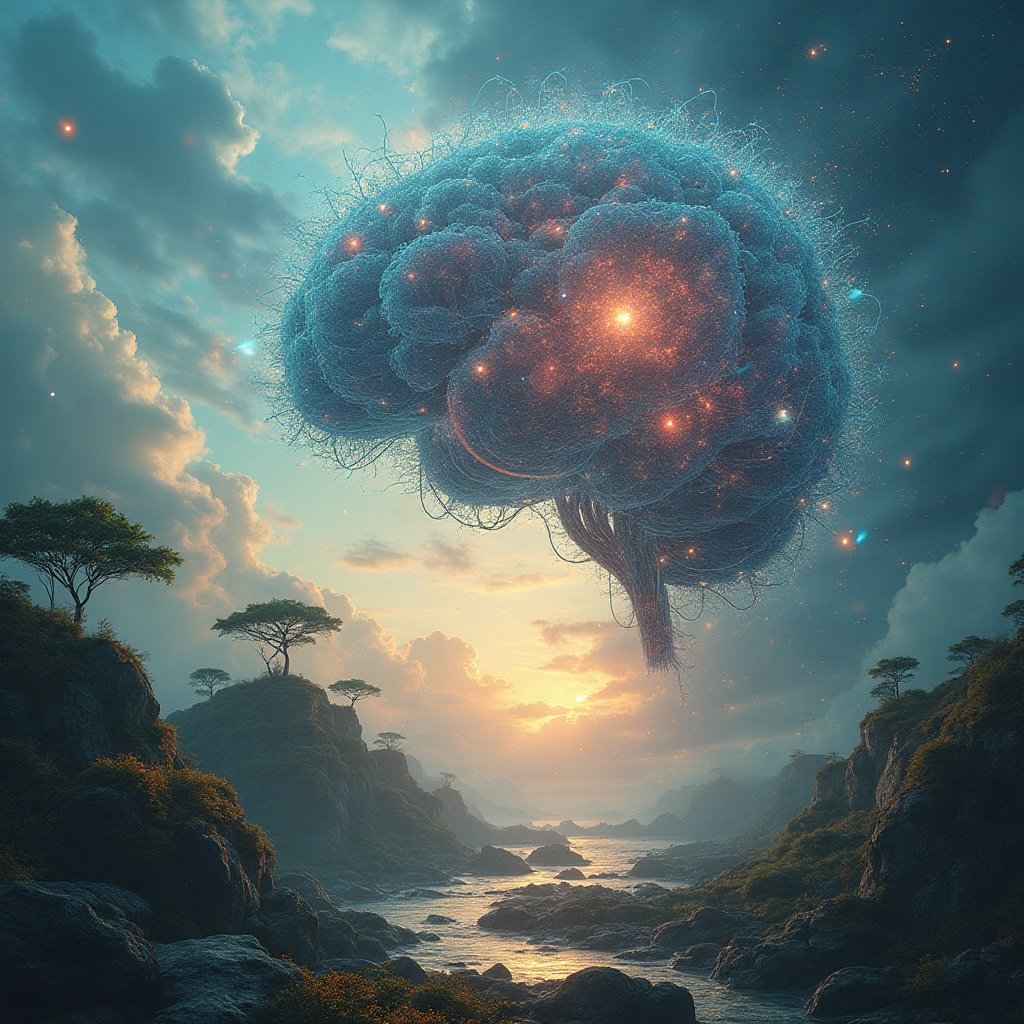
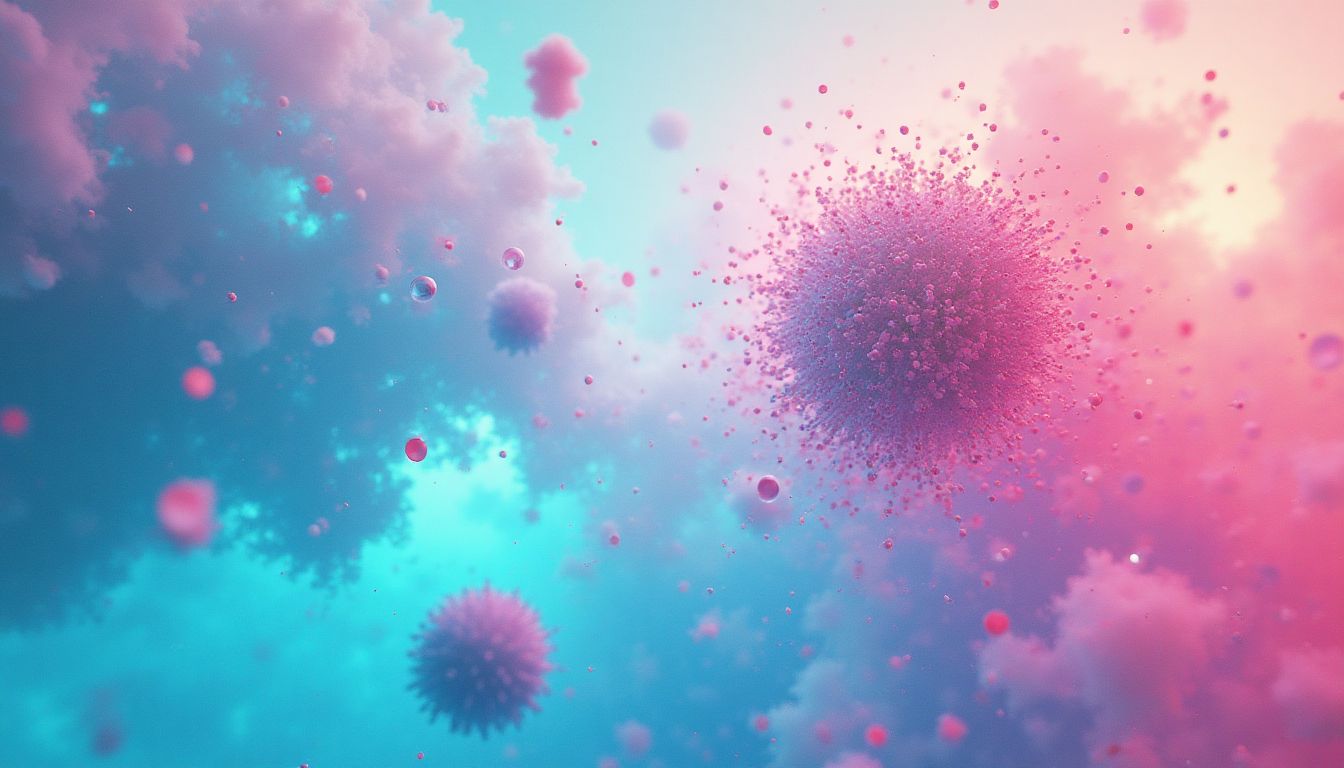
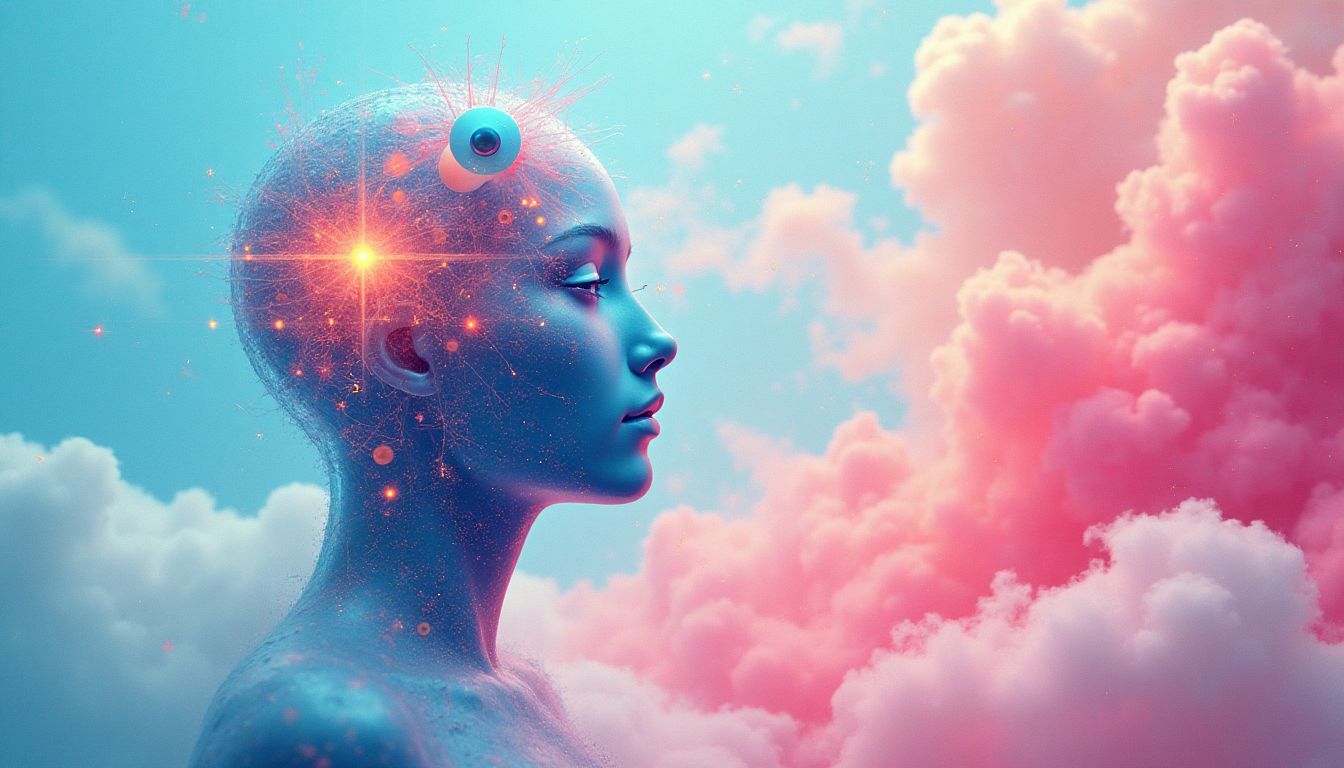
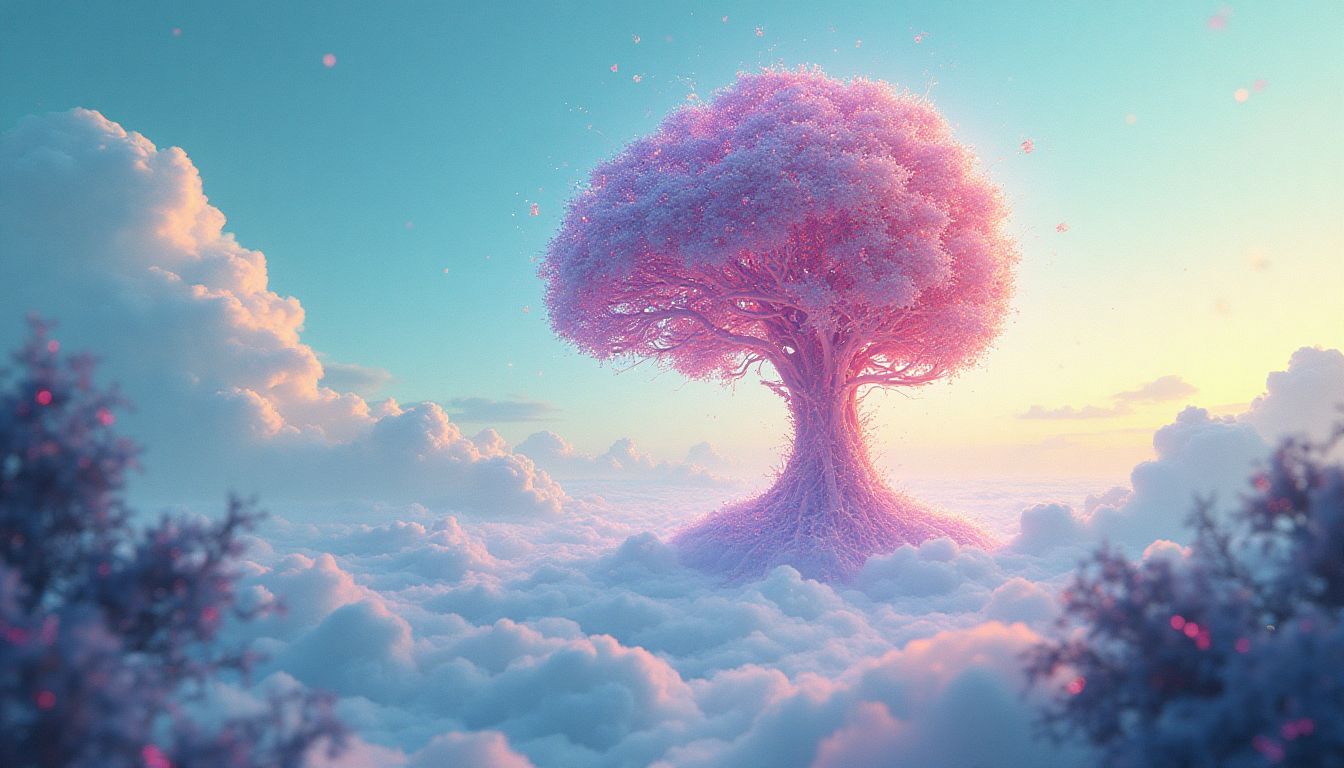
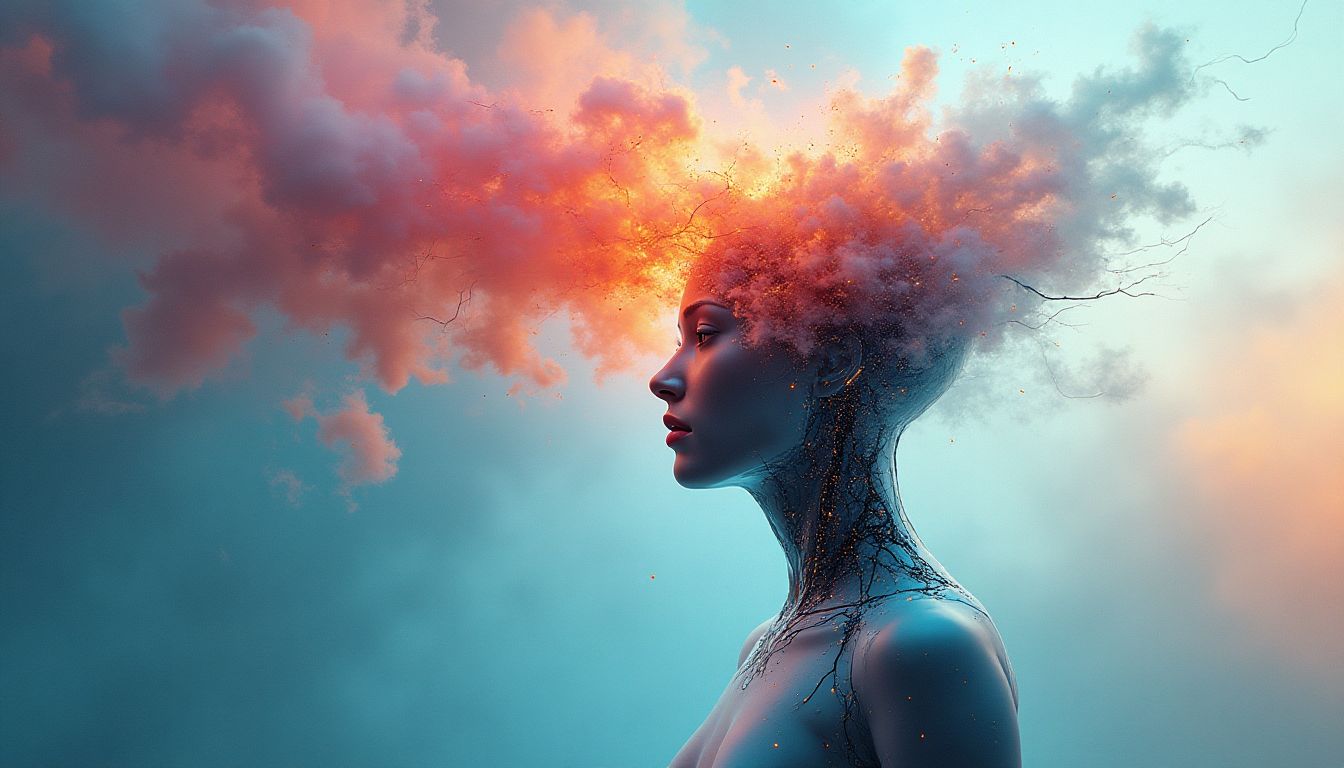
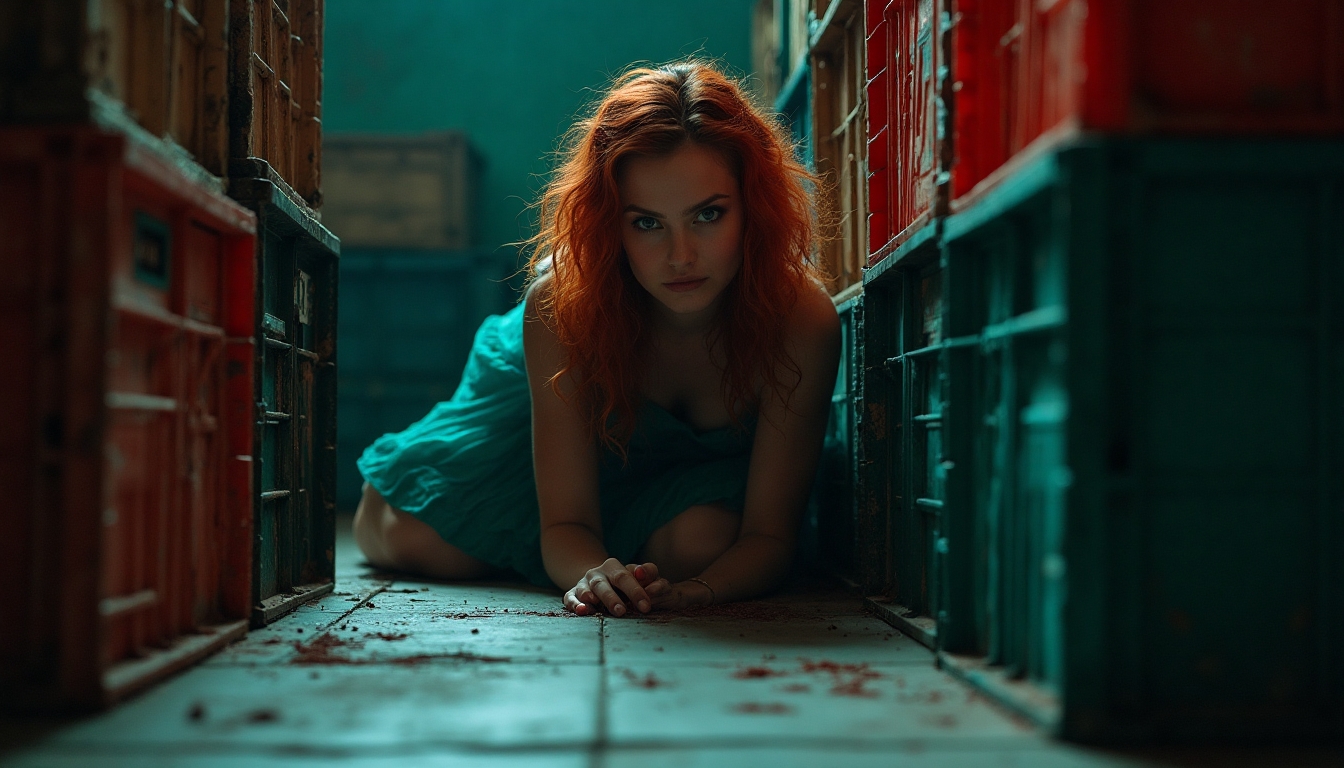
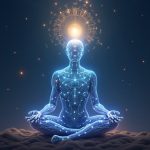



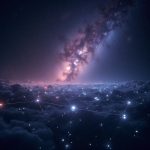


















Post Comment
You must be logged in to post a comment.